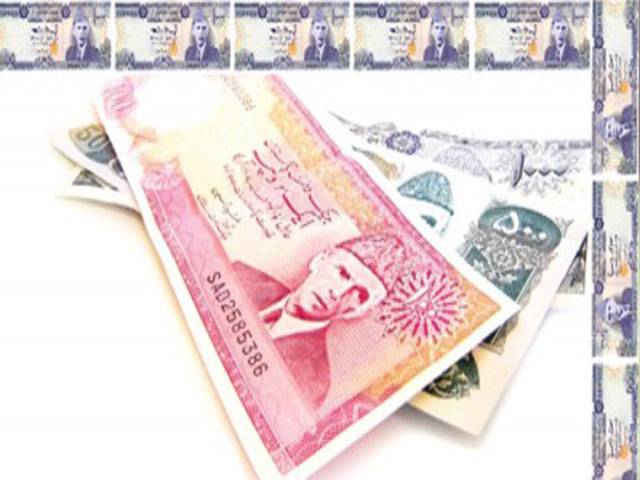ISLAMABAD - The economy of Pakistan is projected to grow by 4 percent in 2012, according to the United Nations Economic and Social Survey of Asia and Pacific.In its report on Thursday, it said the gross domestic product (GDP) in Pakistan is projected to grow by 4 percent in 2012 which is an improvement from 2.4 percent growth in 2011.Speaking at the launch of report, economist Dr Ashfaq Hassan, said the economic growth of the country “has increased mainly due to the enhanced output of agriculture sector”. He said the agriculture sector was improving due to the post-flood recovery in cotton, rice, wheat, sugar cane and other minor crops.Dr Ashfaq said cut in monitory policy by 200 basis points by the State Bank of Pakistan also supported the economic growth of the country."Pakistan, after several increases in the policy rate, lowered the policy rate by 50 basis points in July 2011 and further by 150 basis points in October, 2011 despite inflation remains elevated. The moves were aimed at stimulating private investment and economic growth."The GDP growth in the country slowed considerably to 2.4 percent in fiscal year 2011 from 3.8 percent in the previous year, mainly due to prevailing security concerns, the exogenous shock from elevated oil prices and unprecedented floods in a large part of the country and shortage of electricity and natural gas have also hampered the economic growth, he added.The economic survey of Asia reported that to reduce the budget deficit in Pakistan, the government was making efforts to improve tax compliance and broaden the tax base.The report said that current account of balance of payments in the country registered surplus in 2011."In Pakistan, the external sector registered a surplus on the current account, making it a bright spot of the economy in 2011", the report added.According to the report the exports increased by 29.3 percent and workers' remittances reached an historic level of more than $11.2 billion in 2011.Rising prices of value-added textiles helped propel the rapid growth of exports. Foreign exchange reserves also increased considerably.The report further said that in order to address energy shortages, the government should take various measures including setting up viable new power projects, minimizing transmission and distribution losses including theft of electricity, increasing exploration of natural gas, crude oil and coal, tapping of regional markets and setting up infrastructure for energy imports.The report said that widespread poverty continues to be major challenge in South Asia. "To fight against poverty, countries need to continue to implement economic reforms to improve productivity, strengthen public institutions, improve economic governance and build social safety nets to protect the more vulnerable segments of the population", the Economic Survey of Asia added.Clovis Freire, representative said on the occasion that Asia and the Pacific faces another year of slowing growth as demand for its exports falls in developed nations and capital costs rise, but the region will remain the anchor of global economic stability.He said that the growth rate of the region's developing economies is projected to slow down to 6.6 percent in 2012 from 7.0 percent last year compared to a strong 8.9 per cent in 2010.
Tuesday, April 16, 2024
‘Pakistan economy to grow by 4pc'

Pakistan, IMF discussing new multi-billion-dollar program, says Finance Minister Aurangzeb
11:09 AM | April 16, 2024
LESCO ‘bars’ officers from appearing before FIA in overbilling probe
10:49 AM | April 16, 2024
Aleem Khan, Kamran Tessori discuss matters of mutual interests
10:40 AM | April 16, 2024
Global brands facing challenge from local contenders in Pakistan's FMCG market
10:24 AM | April 16, 2024
Israeli Air Force finalizes preparations for possible attack on Iran
8:21 AM | April 16, 2024
Political Reconciliation
April 16, 2024
Pricing Pressures
April 16, 2024
Western Hypocrisy
April 16, 2024
Policing Reforms
April 15, 2024
Storm Safety
April 15, 2024
Democratic harmony
April 16, 2024
Digital dilemma
April 16, 2024
Classroom crisis
April 16, 2024
Bridging gaps
April 16, 2024
Suicide awareness
April 15, 2024
ePaper - Nawaiwaqt
Advertisement
Nawaiwaqt Group | Copyright © 2024





